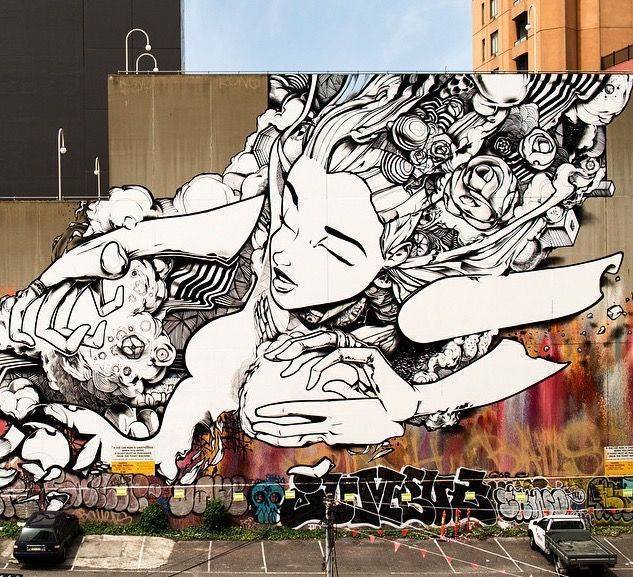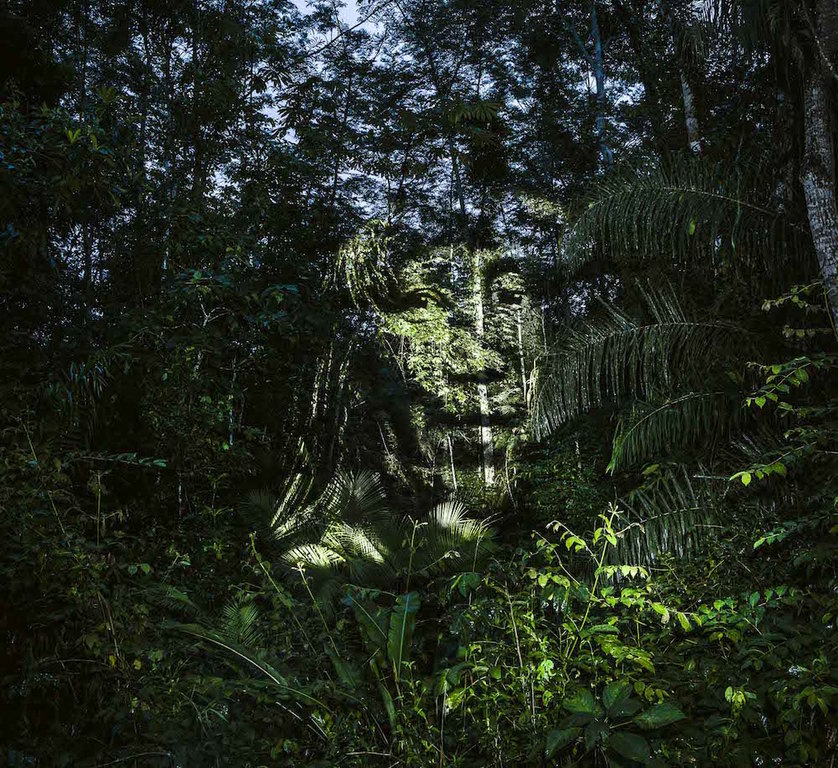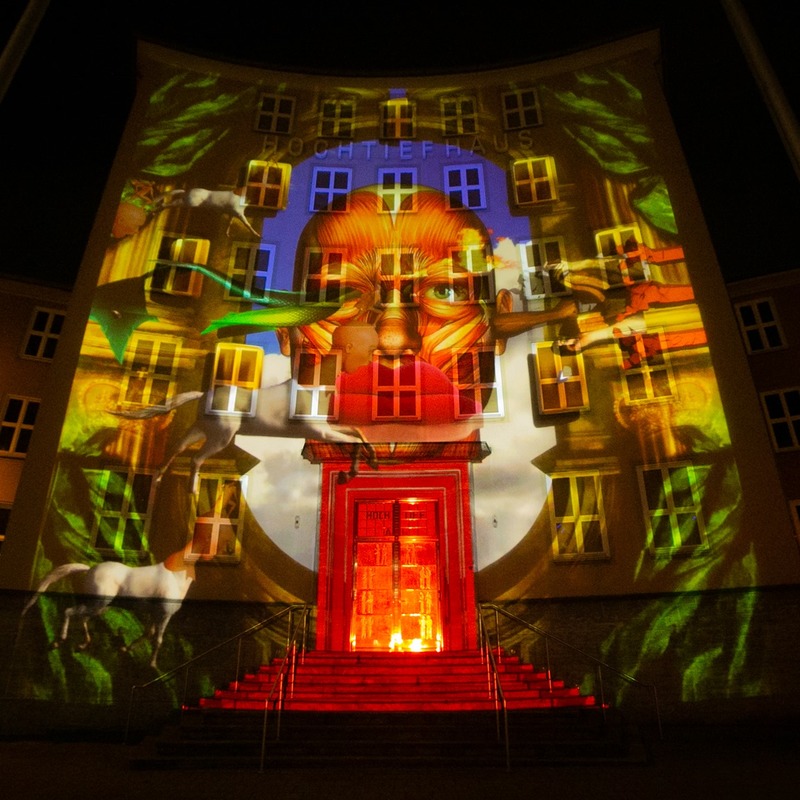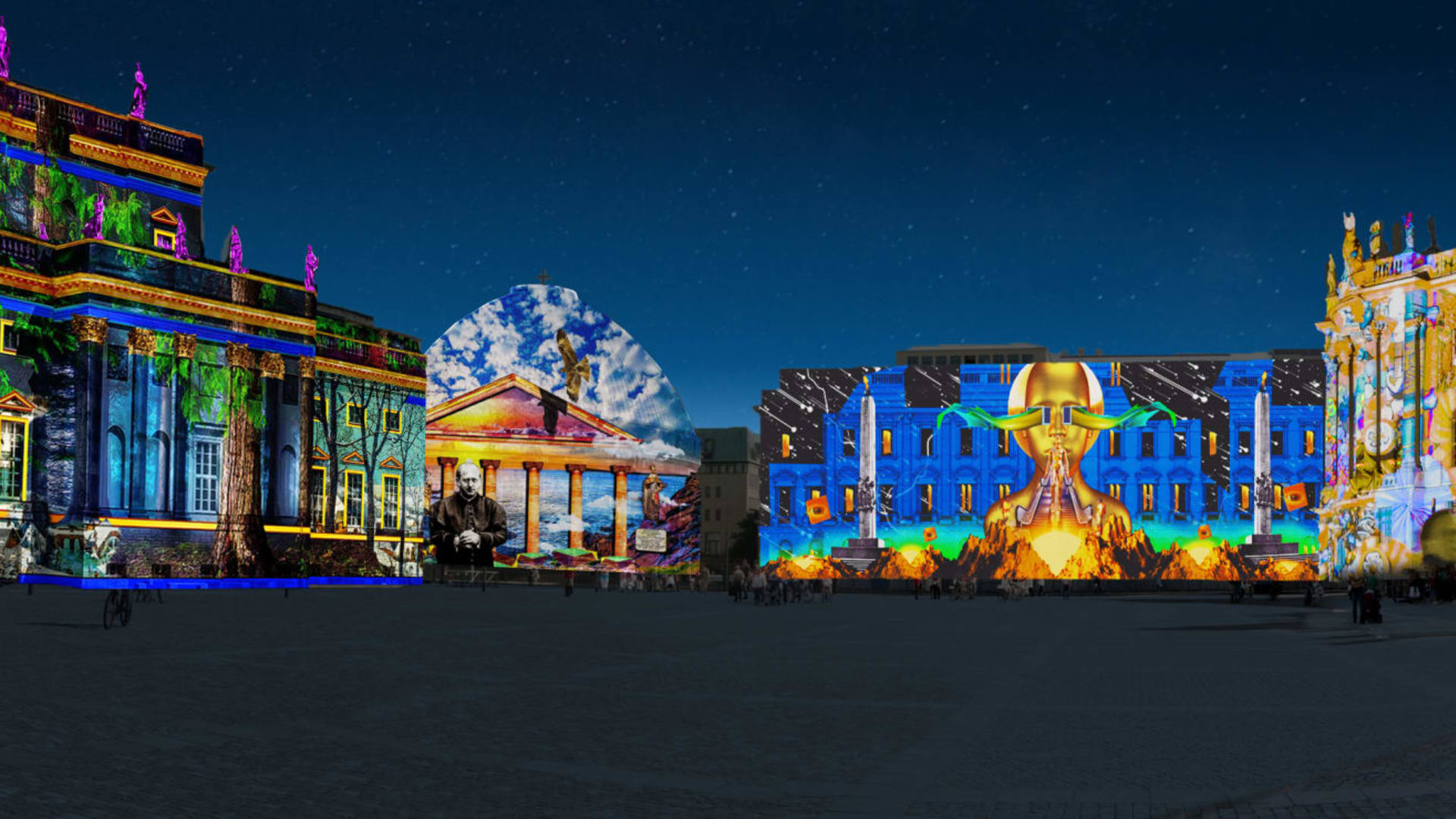
Psychedelic art: What is projection mapping technology?
When looking at a map, you are instantly invited to travel. Maps are a visual language that people use in their everyday lives as a source of information about a place and its boundaries. Now, imagine a form of mapping that alters familiar boundaries and can be controlled by your imagination.
What is projection mapping technology?
Projection mapping technology is a magical way of using light to bring movement to artworks, objects and structures. Images morph and surfaces gain depth and character as art becomes digital. The definition of projection mapping technology varies depending on the surface the technology is being used on. Fundamentally, it is a technological novelty that enables you to overlay an image or video onto a surface – this could involve buildings, runways or even trees.
This unforgettable experience starts with choosing an image or object to project. Software is then used to break up an image into multiple images like a grid, so that each segment can be mapped perfectly onto the desired surface. The outcome is a single, coherent optical illusion.
You can create the same effect indoors or outdoors, as long as the setting is dark when it comes to projection time. The aim is to turn a static surface into an interactive display, or to distort and stretch it to influence your audience's perception. There are a variety of different projection mapping projects that imitate the real environment. Let’s have a look at four projects that play with very different surfaces to better understand what projection mapping technology is.
Ghost in the Shell: Digital makeup
Makeup is ever-evolving artistry, introducing new ways to contour and highlight our features.
One of the most creative leaps was Omote, an experimental video created by Japanese media artist Nobumichi Asai and makeup artist Hiroto Kuwahara in celebration of Japanese aesthetics. Their celestial and enchanting digital makeup creation utilized 3D projection mapping and face tracking in real time.
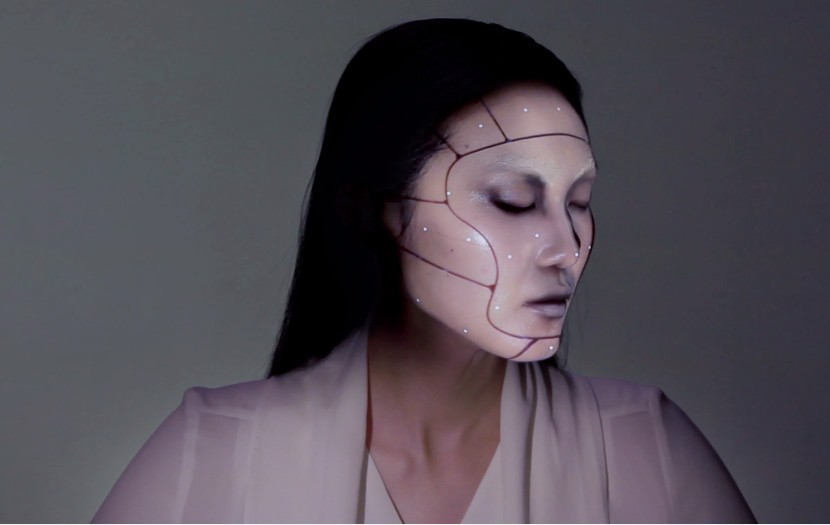
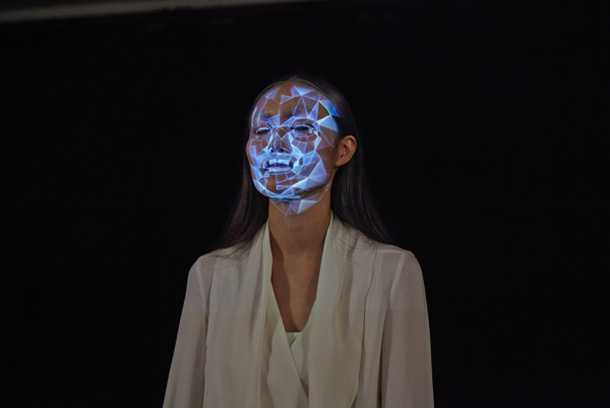
“When I look around nowadays, it is quite rare to see women with traditional Japanese aesthetics. My intention is not to communicate “makeup” as influenced by other cultures, but to express “kesho”, Japan’s unique set of aesthetic ideals that have been passed on through generations. I feel that conveying this message is important for the traditional and cultural aesthetic ideals of “kesho” to thrive.” – Nobumichi Asai.
Here, we see an example of real-time face tracking as model Yuka Sekimizu’s appearance changes when applying different special effects. If we asked the cosmetic tech industry what projection mapping is, they would probably say that the technology is a contemporary tool that allows them to scan and capture the model's face using OpiTrack sensors, and then use a single program to project the visuals onto her. Each facial expression communicated something different as the technology added lipstick and eyeliner and then suddenly morphed into a sci-fi display.
Points of reference on Sekimizu’s face enabled motion tracking, so every time she altered her expression, her face transformed. With such rich facial expressions and a new form of communication even more outlandish transformations emerged, referencing Japanese cartoons and manga such as Battle Angel Alita. The project became a synthesis of digital technology and classical Japanese art. The brilliance behind technologically innovative art is the harmony between the 2D and 3D realms, and like projection mapping this is only the start of the possibilities of real-time face tracking.
First of its kind: Graffiti Mapped
For artists, projection mapping technology is another medium. Take a look at Graffiti Mapped, a collaboration between street artist Sofles, musician Opiuo, and animator Grant Osborne. With the support of this technology, the largest mural in Melbourne – spanning 5 stories high and 70 meters long – came alive for 12 hours.
This interactive mural was part of the 2015 White Night Melbourne Festival and displayed the coexistence of graffiti, street art, 3D projection mapping and audio for the first time. On an all-white background, the black mural was lit up as projection mapping technology teleported the woman in the mural into new galactic worlds. Here, projection mapping technology wasn’t used to map a 3D surface, but the features of a mural. Video and street art came together unexpectedly, opening doors for street art to be viewed in a new light.
Addressing deforestation with trees that come alive
Most people will remember the talking, singing grandmother Willow from Pocahontas or the ancient trees from Lord of the Rings. Trees tell their own stories about a place, and projecting images onto them is one way we can reimagine nature and draw attention to logging and deforestation. To highlight this pervasive issue in the Amazon rainforest, street artist and photographer Phillipe Echaroux waited for nightfall to display nocturnal imagery that molded perfectly to the shape of the leaves. By projecting the faces of indigenous Brazilians onto the trees, Echaroux highlighted the relationship between the long-standing trees, resources, and the people that inhabit this area.
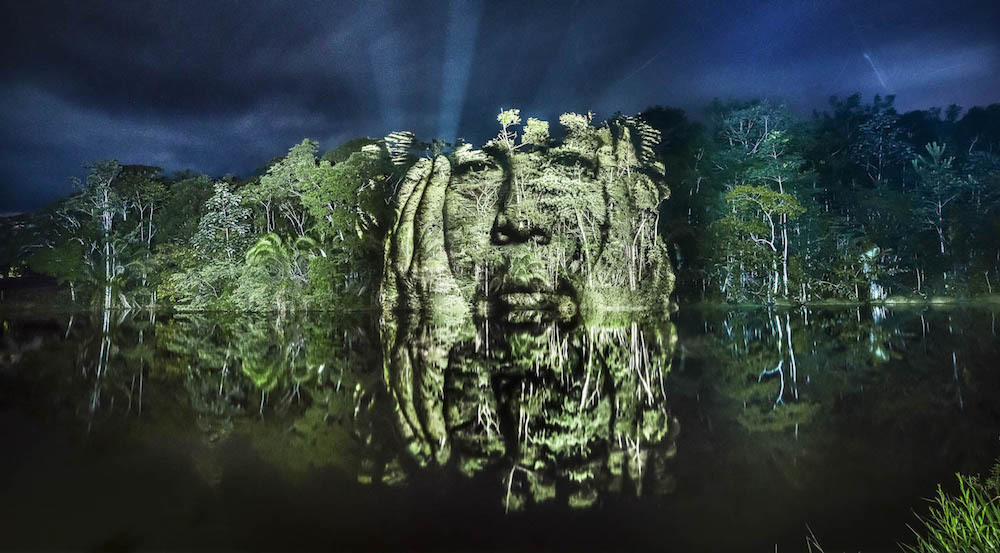
The images depicted the Surui tribe of Chief Almir Surui Narayamogo, who are helping to restore the forest by replanting trees on their land to breathe life back into the soil. For these residents, projection mapping technology is not only a tool to bring large-scale pieces to life with multiple projectors and customized images, but a medium through which they can share stories and oral histories.
Fashion meets projection mapping technology
Like the ever-evolving makeup industry, fashion also needs to find novel ways to debut trends every season and entice people with their runway shows. No-one was prepared for Richard Quinn’s collaboration with Epson, which showcased digitally printed textiles and fabrics in his Autumn/Winter 2019 collection. The show was so successful that Queen Elizabeth gave Quinn an award for British design.

For projector manufacturers like Epson, advertising their product during a Balenciaga runway show was a groundbreaking way to show that projection mapping technology is a multi-faceted software that can reinforce an entire product launch with high laser projection mapping, a 25k laser lumen projector and four 15k lumen projectors. Beautiful fabrics were printed on Epson Surecolor digital textile printer, while the catwalk and launch were intensified with an eerie and dramatic atmosphere made possible with ProAV projection mapping. Bringing the entire event together was the immersive sounds of the philharmonic orchestra. Not only has Quinn found an innovative way to create exclusive textile designs for every piece – he also has more flexibility when it comes to customizing items and minimizing waste.
Projection mapping technology kicked off with video mapping on buildings, but today this technology is more flexible and is being applied to 2D surfaces, spherical objects and panoramic environments, while being synchronized with music and viewer interaction. Watch this space, as projection mapping can tell all kinds of stories and is increasingly being used for advertising, scenographic settings, festive events and futuristic landscapes.
Related creative stories
Browse through other features, interviews and guides to discover creative brand collaborations, meet innovative artists and creators, find out how new artforms are energizing advertising, & more.
Send us your briefing
We're excited to hear from you! If you're looking for artistic solutions for your next creative marketing campaign, send us your briefing. We can also help create a killer concept if you're in an early ideation phase. Check out our services for more.

